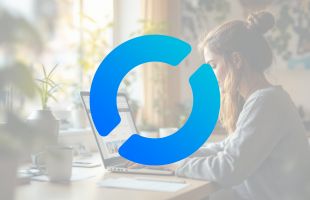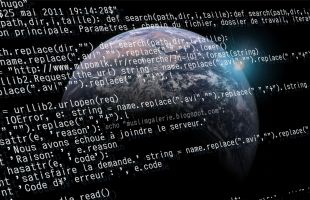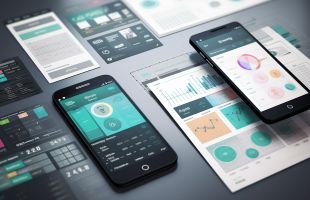
What is SAAS (software as a service)?
Free services
Integrate maps to your sites Editable QR Code after printing Customizable short link Password generator Create images for social networks Create harmonious color palettes Unminify your code Create .gitignore files with ease Restaurant reservation system Booking software for hairdressersIt's hot out there, ah yes, but no, that's not the topic of the day ... are you okay?
This week we're back to the notion of "software as a service", or to put it more "stylishly" (or not), "Software as a Service" abbreviated as "SaaS".
When Microsoft announced Windows 10, they said "this will be the latest version of Windows, it will be a SaaS" ... OK well, what about the upcoming arrival of Windows 11? ????.
What? I'm looking for the little beast? I don't know what you're talking about ... not AT ALL!?.
In fact, it's all a question of business model.
How did the software industry work 20 years ago?
In the 1990's - 2010's, the software business model was quite similar to other industries. You had to buy a right to use software like Microsoft Windows (Ah, Windows ME, that was something... BLUE SCREEN!?).
Yes... it was the right to use the software that you bought, not the software itself, which remained the property of the publisher. So you bought the right to use the software (which had a long lifespan, with updates generally lasting 10 years - 14 years for Windows XP, which isn't bad).
The weakness of this business model was that for publishers, there was a big "one shot", but no constant income... nenless the publisher still had to maintain the software (security patches, a few new features... etc.).).
Try using Windows XP on the Internet in 2021, and you'll see how "funny" it is?
In the event of a major hardware/software change, you had to pay again. Software was no longer maintained and therefore no longer compatible with the latest operating systems on the market.
The advantage is that, even today, you're still entitled to use the software you bought back then on appropriate hardware (given the computing power of today's electric scooters ... it's got to work on it, worth testing?).
There were also other business models (still in existence today), for example:
- Free for the general public, paid for by the company, the most telling example being "Netscape Navigator", which was provided free to individuals and paid for by the company (doesn't this remind you of an article from last week?).
- Open Source: the software is distributed with its source code, and the business model for this type of software is based on the support provided by the company marketing the software. The most obvious example is Red Hat.
- ... etc.
Software as a Service" - today's standard
When was the last time you bought a software license? No, really, when was that? How long ago was that...?
From memory (this may be subject to verification), the first to take the SaaS route was Adobe. In the past, you bought the Adobe suite or one of its software products. For example, before the move to SaaS, the complete Adobe suite (Master Collection) cost €3,586, which is the price of the CS6 version of the Adobe suite. Now the Adobe suite is called CC for "Creative Cloud". And it's a monthly subscription of 60 euros per month.
You keep access to the software as long as you keep the subscription, which always gives you access to the latest version of the software, fixes security flaws, adds functionality ... etc..
Rather than paying much more all at once, you'll be paying small monthly sums.
The day you no longer need the software, you can stop your subscription.
The disadvantage here is that you don't own the software (and, as explained above, even before, you didn't own it anyway).
The advantage is that there's a big follow-up and no need to make a big checkout in the event of a hardware/operating system change.
Conclusion
Basically, SaaS no longer sees software as a product, but as a service, with ongoing support. It's no longer a "product" you have to buy once, but a subscription you can stop whenever you want, which gives you access to a service (the software).
Have a good week.


